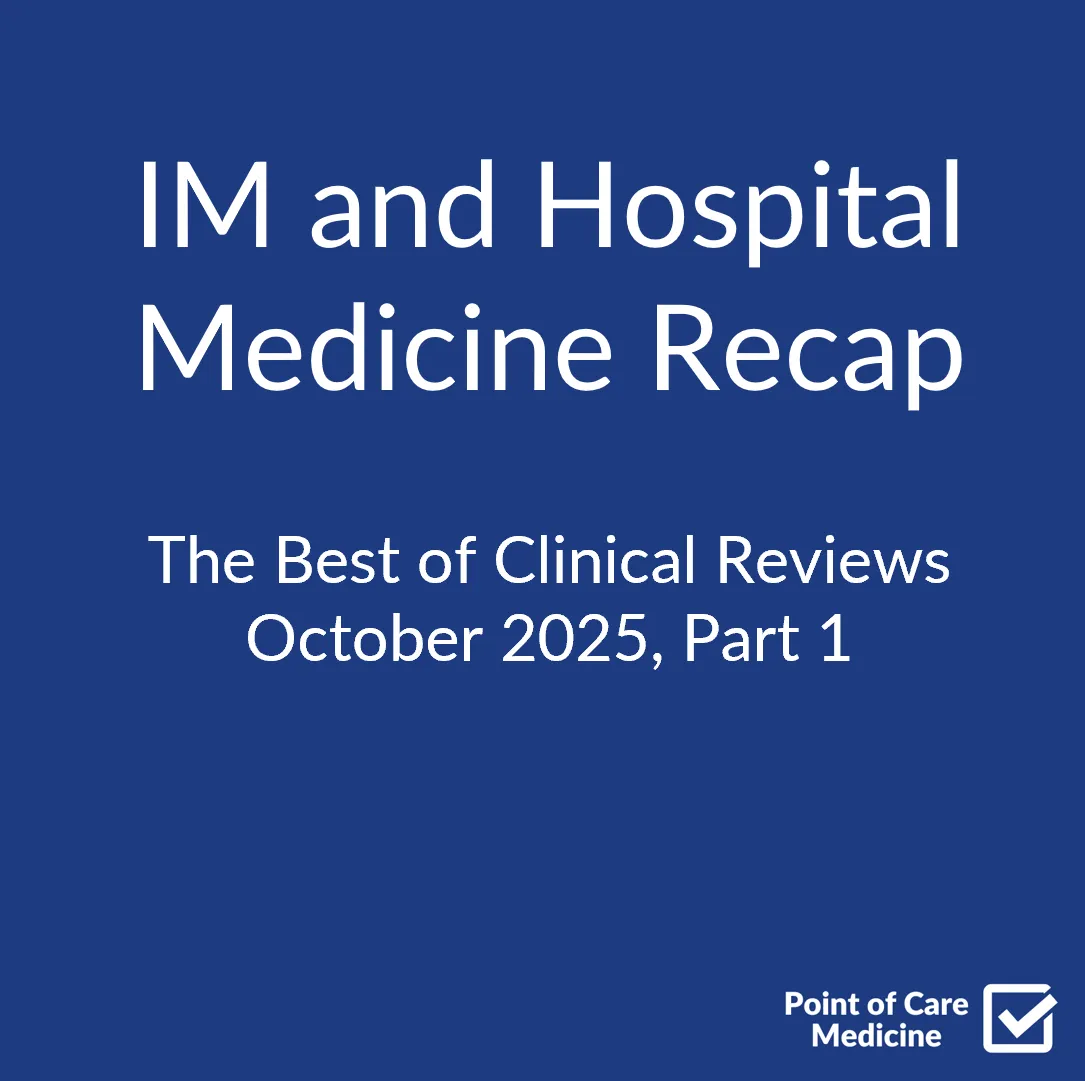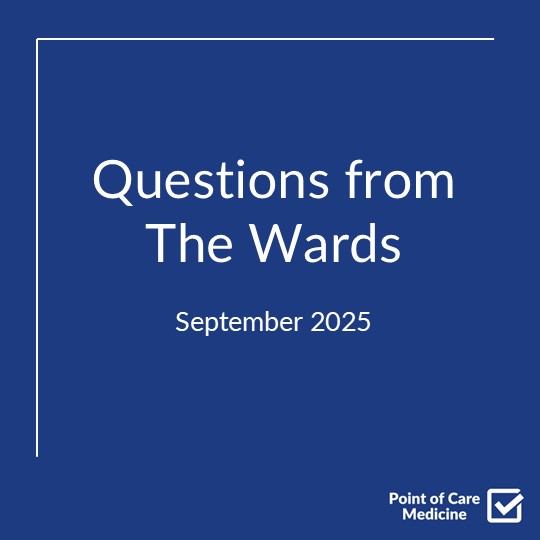Audio
Video
1. Neurologic Symptoms Often Precede and Can Occur Without Hematologic Abnormalities
A common misconception is that B12 deficiency must present with macrocytic anemia. However, neurologic manifestations frequently appear first and can occur in patients with a normal CBC. The deficiency impairs myelin synthesis, leading to progressive demyelination, particularly of the dorsal columns and corticospinal tracts of the spinal cord. This classically presents as symmetric paresthesias, loss of proprioception and vibratory sensation, and gait ataxia. Left untreated, this can progress to the rare but classic syndrome of subacute combined degeneration of the spinal cord. Because these neurologic changes can become irreversible, a high index of suspicion is required in any patient with new neuropsychiatric symptoms, especially if risk factors are present, regardless of their hemoglobin or MCV.
2. The Diagnostic Algorithm for Borderline B12 Levels Relies on Methylmalonic Acid (MMA)
Initial testing for B12 deficiency is a total serum B12 level. While a level <180 pg/mL is diagnostic, levels in the borderline range (180-350 pg/mL) are ambiguous and require further investigation to assess for a functional deficiency at the cellular level. The next step is to measure serum methylmalonic acid (MMA), which is a more sensitive marker of tissue-level B12 status. Vitamin B12 is a required cofactor for the enzyme methylmalonyl-CoA mutase; in a deficient state, its substrate (MMA) accumulates and levels rise. An elevated MMA in the setting of a borderline B12 level confirms the diagnosis. It is crucial to remember that MMA levels can be falsely elevated in patients with chronic kidney disease, dehydration, or thyroid disease, which are common comorbidities in the inpatient population.
3. High-Dose Oral B12 is as Effective as Intramuscular Injections for Most Patients, Including Those with Pernicious Anemia
Traditional teaching mandated intramuscular (IM) B12 for malabsorptive states like pernicious anemia, but this has been challenged by robust evidence. A 2018 Cochrane review found no significant difference in outcomes between oral and IM B12. While intrinsic factor is necessary for active absorption of dietary B12 in the terminal ileum, approximately 1% of B12 can be absorbed passively along the entire small intestine. Therefore, high-dose oral supplementation (1,000 to 2,000 mcg daily) provides more than enough B12 to overcome the daily requirement, even in the absence of intrinsic factor. IM administration should be reserved for patients with severe neurologic symptoms (where rapid normalization is desired), adherence concerns, or significant malabsorption following gastrectomy or extensive ileal resection.
4. Metformin and Proton Pump Inhibitors (PPIs) are Common and Reversible Causes of Deficiency
In a hospitalized patient, a thorough medication reconciliation is essential when B12 deficiency is diagnosed. Metformin, used long-term, is known to interfere with calcium-dependent B12 absorption in the terminal ileum. The American Diabetes Association recommends periodic B12 testing for patients on long-term metformin, especially if they have anemia or peripheral neuropathy. Proton pump inhibitors (PPIs) and H2-receptor antagonists reduce gastric acid secretion, which is necessary to cleave B12 from food proteins. This prevents B12 from binding to intrinsic factor, thereby decreasing its absorption. The risk increases with longer duration of use (>2 years). In many cases, the deficiency can be managed with supplementation without stopping these essential medications.
5. Unexplained Deficiency Warrants Workup for Atrophic Gastritis and Pernicious Anemia
When a patient presents with B12 deficiency without an obvious cause (e.g., vegan diet, metformin use), further investigation for underlying gastric pathology is critical. Pernicious anemia, the end-stage of autoimmune atrophic gastritis, results from the destruction of gastric parietal cells. The diagnostic workup includes testing for autoantibodies. Anti-intrinsic factor antibodies are highly specific (~95%) but have low sensitivity (~50-70%), meaning a negative test does not rule out the disease. Anti-parietal cell antibodies are more sensitive (>80%) but less specific. Identifying atrophic gastritis is vital because it is a risk factor for gastric adenocarcinoma and neuroendocrine tumors, and these patients often require ongoing endoscopic surveillance.
6. Persistently Elevated B12 Levels Can Signal Underlying Malignancy or Liver Disease
While B12 deficiency is common, a persistently elevated level (>1,000 pg/mL) on repeat measurements, after excluding exogenous supplementation, should be viewed as a potential red flag. High B12 levels can result from either overproduction of transport proteins (haptocorrin and transcobalamin) or decreased hepatic clearance. These elevations are strongly associated with myeloproliferative neoplasms (e.g., chronic myeloid leukemia, polycythemia vera), various solid tumors (especially liver, lung, and gastrointestinal cancers), and severe liver disease (e.g., cirrhosis, hepatitis). The initial workup for an unexplained elevation should include a CBC with differential, a comprehensive metabolic panel, and often a liver ultrasound to screen for these underlying conditions.
Source
Vitamin B12 Deficiency: Common Questions and Answers (AAFP, 2025)







.png)
